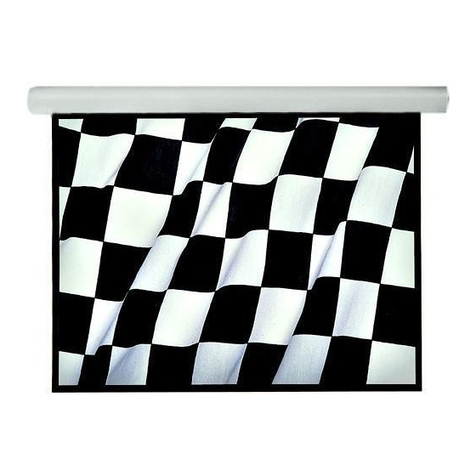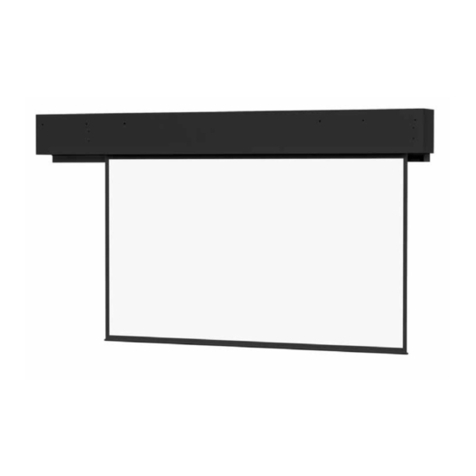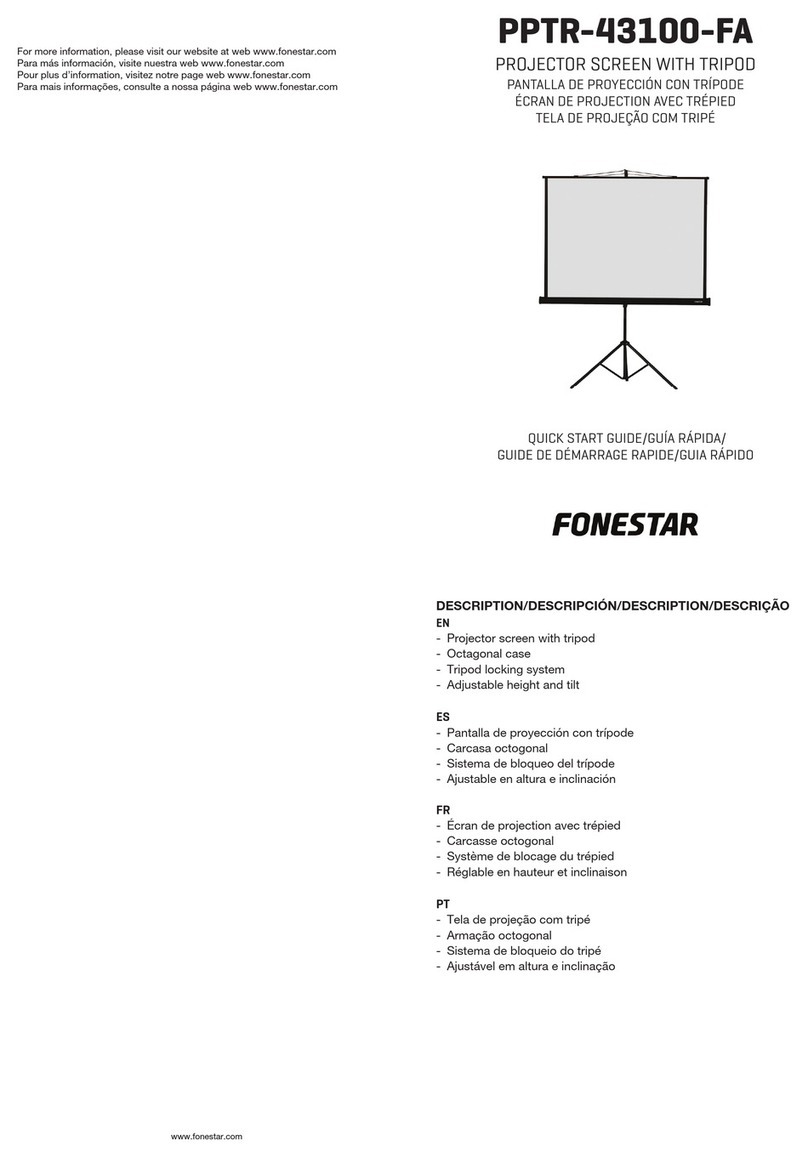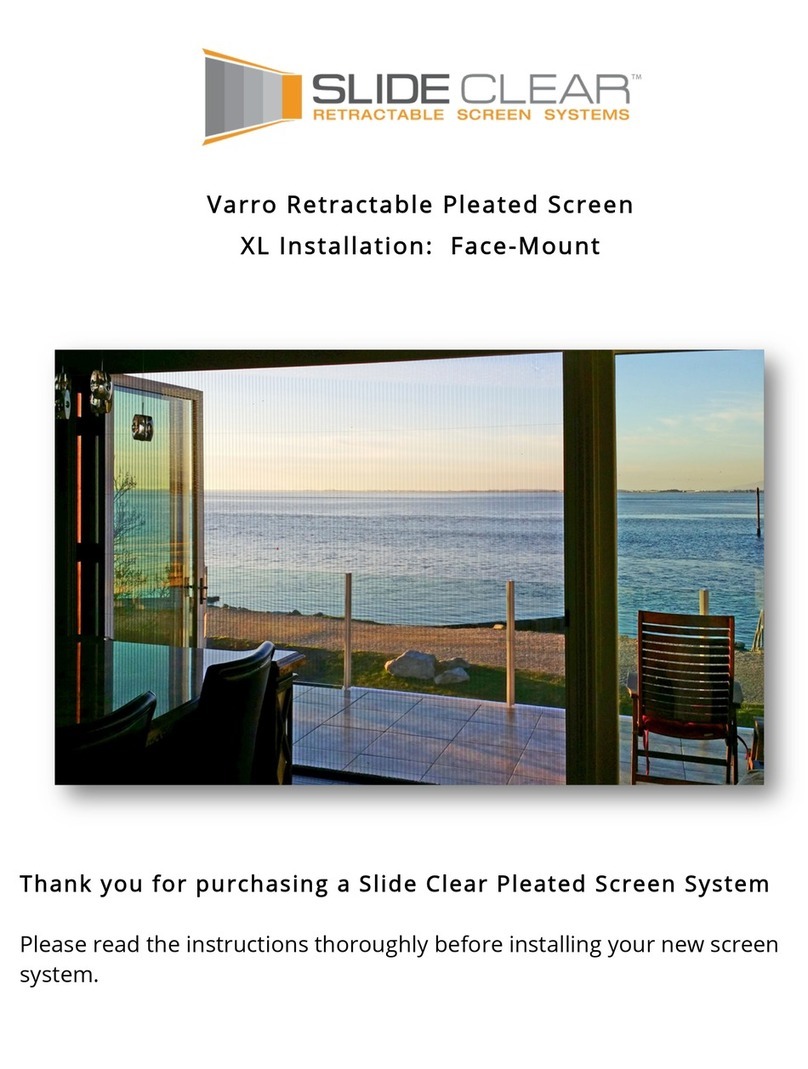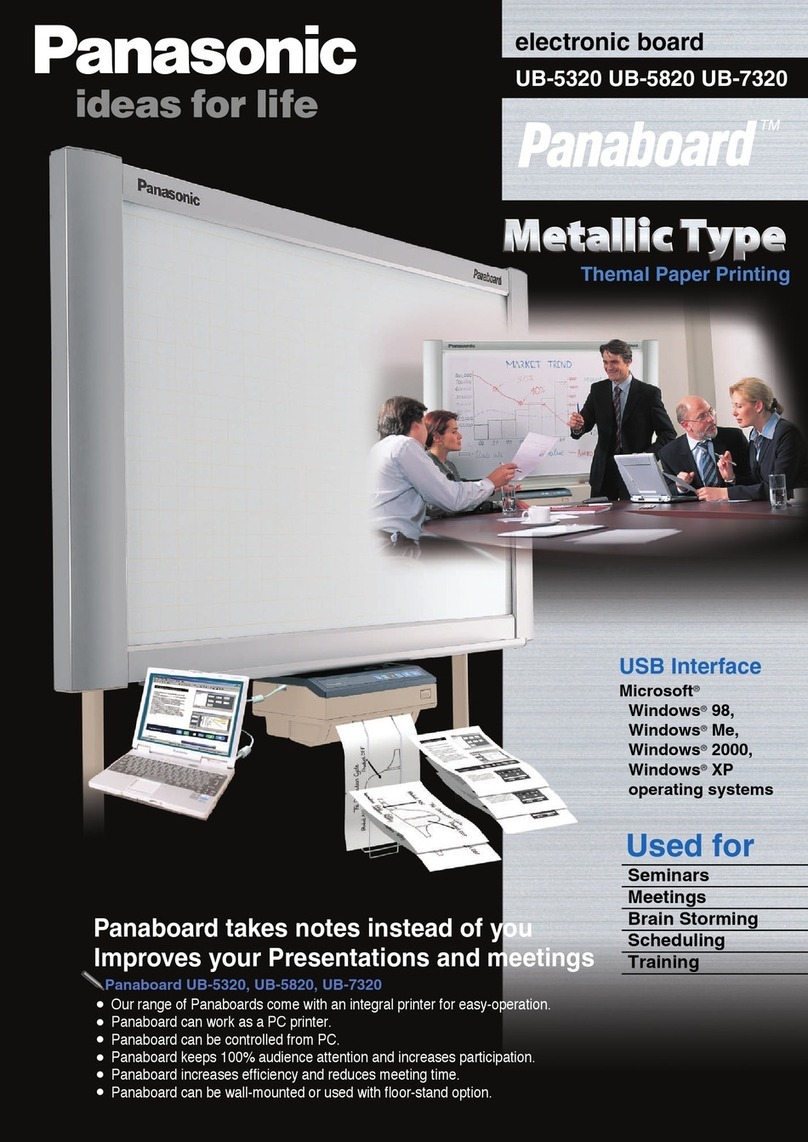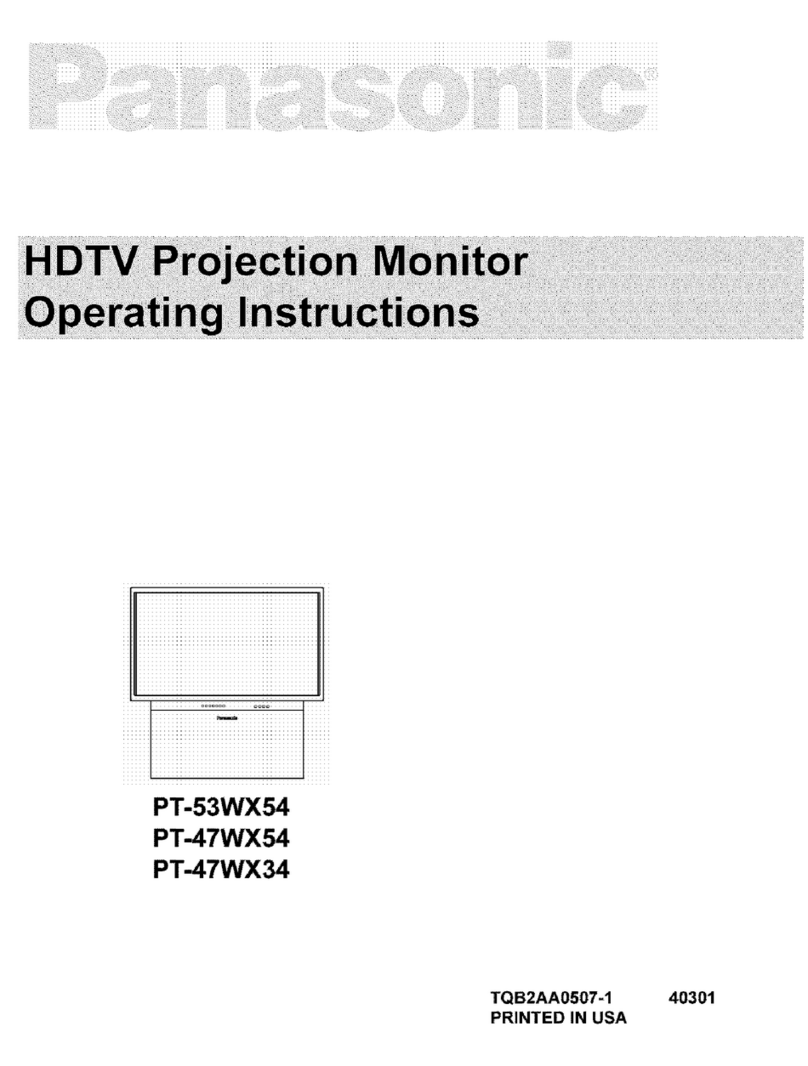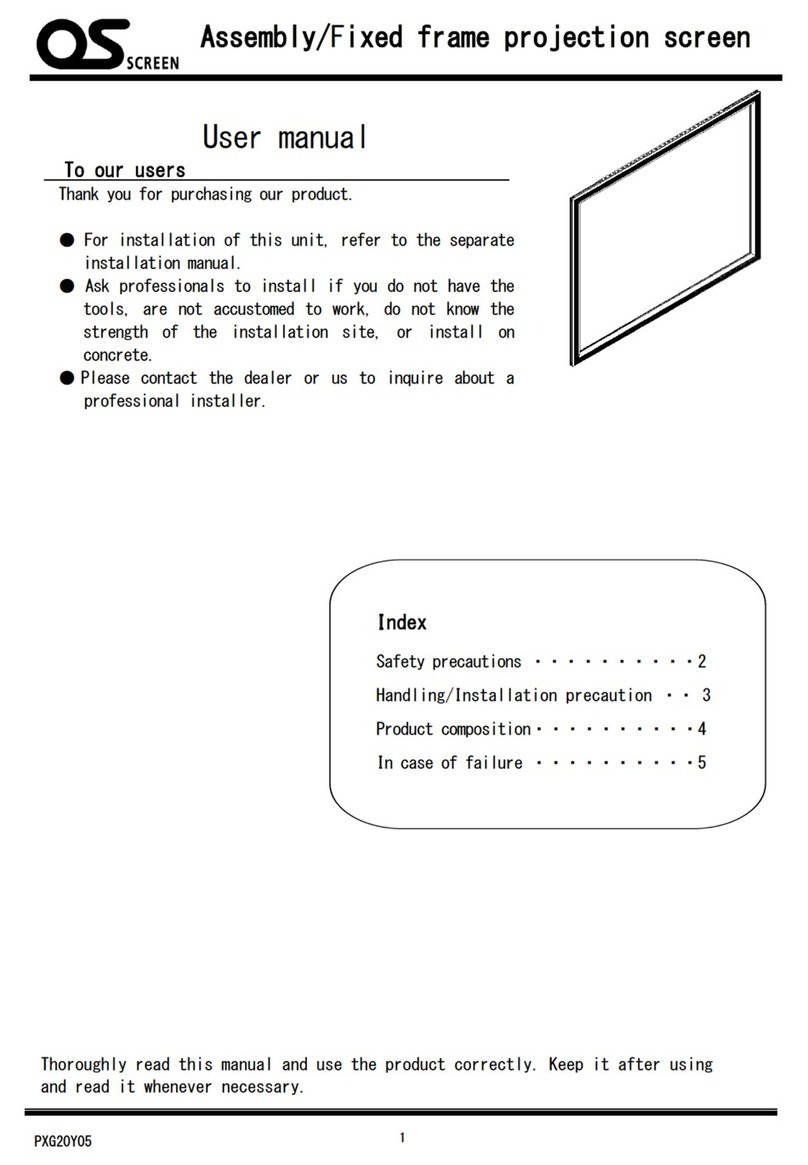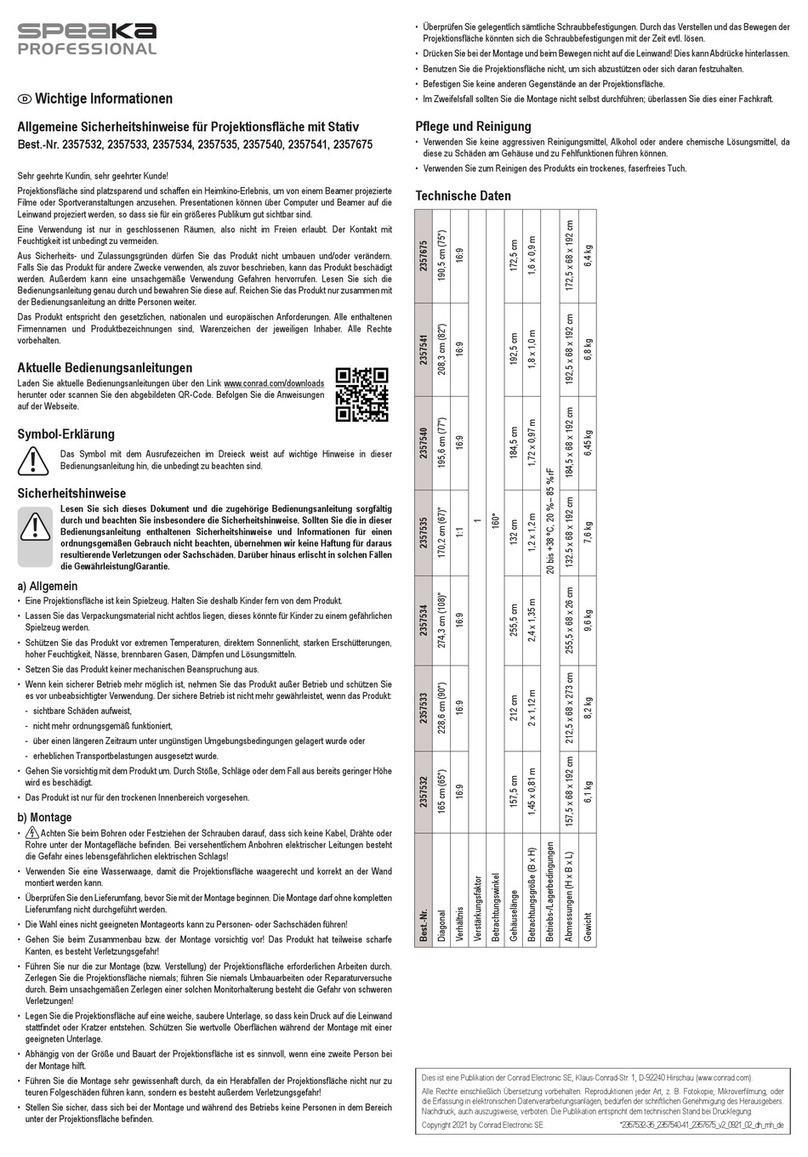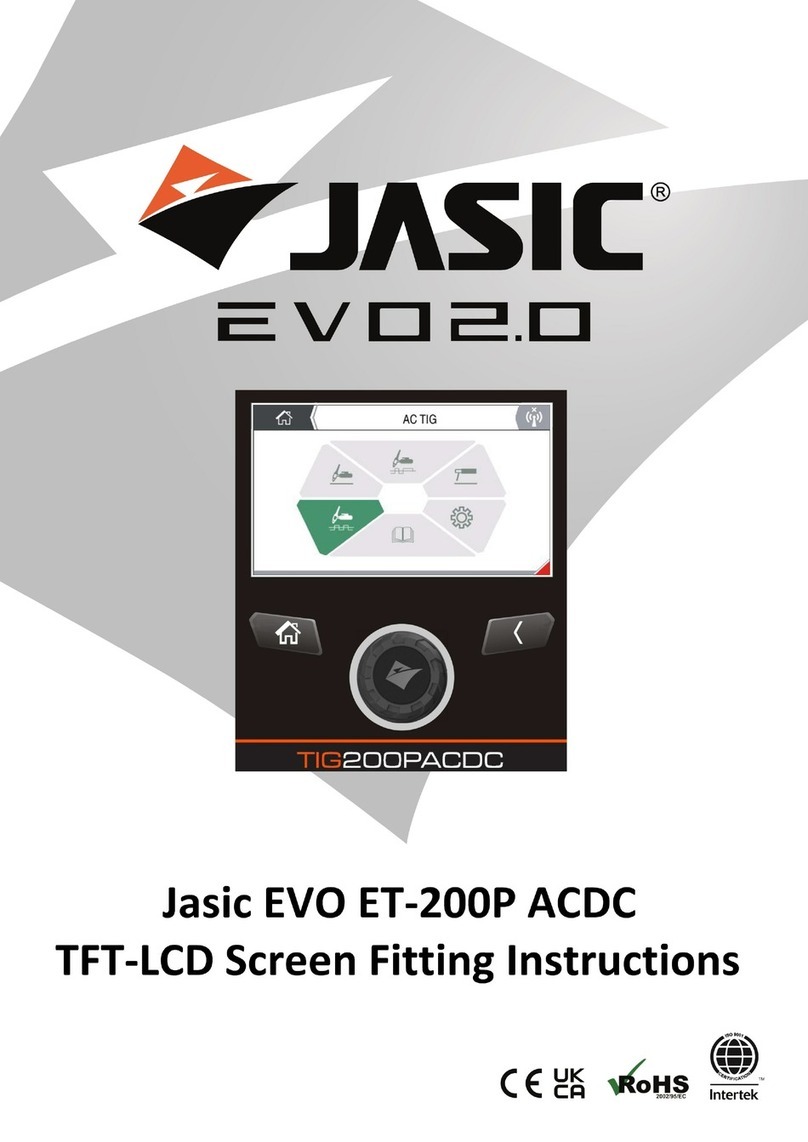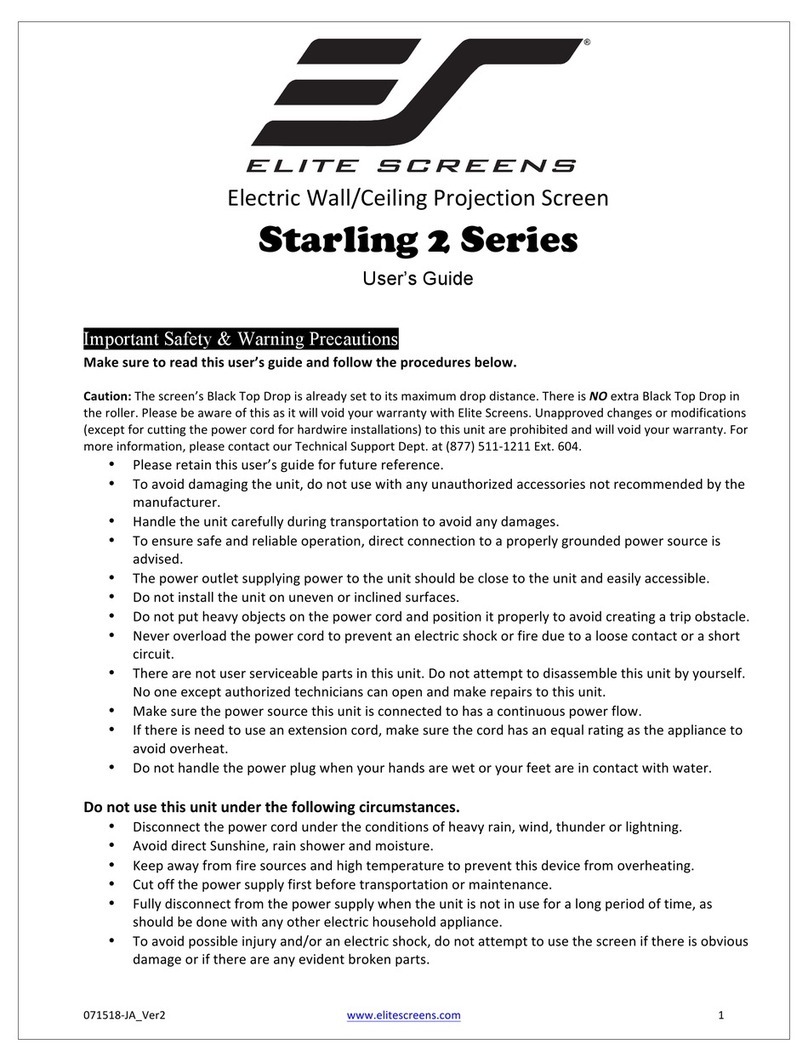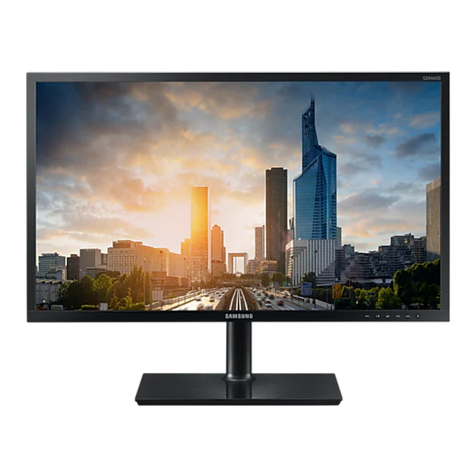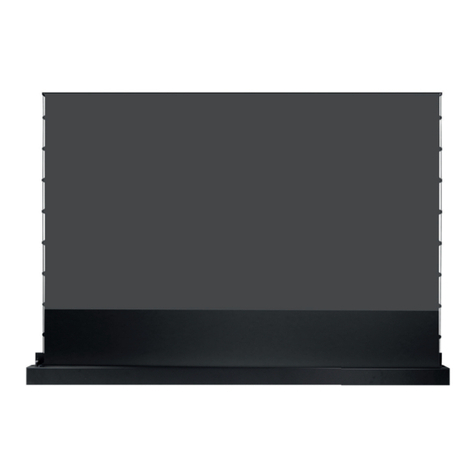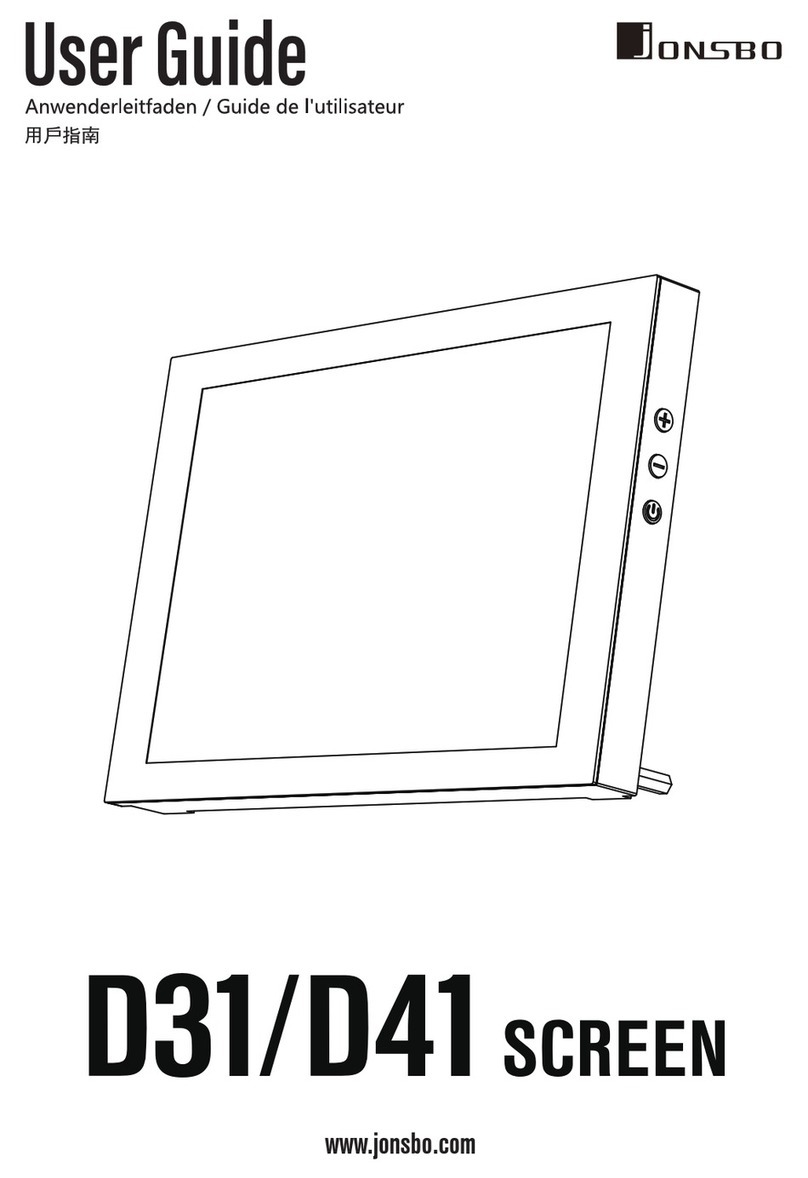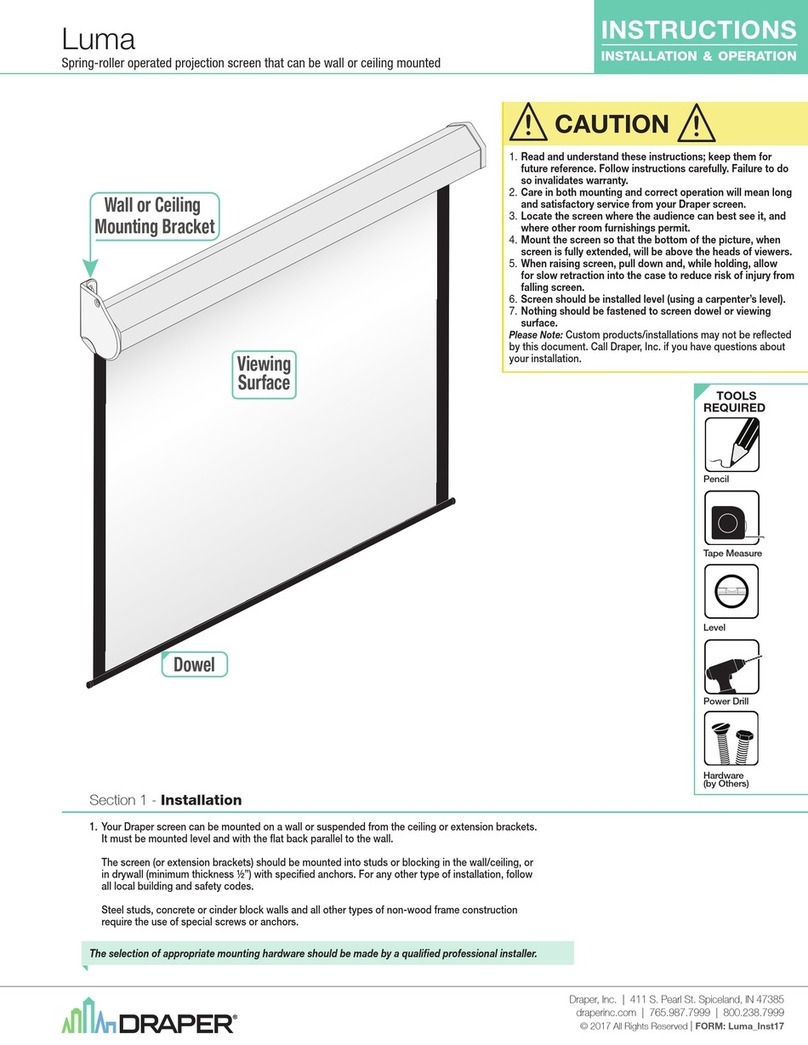
6 - ENGLISH
Installation Procedure (How to Afx)
Items to Prepare
zSpray bottle
zSoapy water
(Neutral detergent diluted with water: concentration
of 0.1% to 0.2%)
zSqueegee
zRubber wiper
zTape measure
zRuler
zCutter knife (rotary cutting blade recommended)
zMasking tape (weak adhesion)
zProtection sheet
zTowel
zGloves and other protective equipment
Precautions for Installation
zNot affixing the product properly may cause problems with appearance or peeling.
zWear gloves and other protective equipment for the installation work. There is a risk of cutting a finger or hand
with a film screen edge or cutter knife.
zThere is a risk of the glass cracking due to heat depending on the installation environment and the type of
glass to which the film screen will be affixed, so check whether there is a possibility of cracking due to heat
before beginning the installation.
* Data of the product’s physical properties can be provided upon request but there is no guarantee pertaining to
whether or not cracking will occur due to heat.
zTake care not to damage the film screen when removing it from its packaging. Also, take care not to create
creases or other marks .
zThere may be marks from the packing bag on the film screen front surface but they will disappear during a
period ranging from several hours to several days after installation. Furthermore, they will have no effect on im-
age display.
zIf an excessive force is applied to the film screen when cutting it, the cut portion may bend resulting in the edge
being affixed rising up due to not sticking to the glass surface. Perform the work on a stable workbench that
does not wobble and has a flat surface.
zDo not cut the film screen while it is affixed to the glass. The film screen is thick so even if you insert a cutter
knife into it, cutting completely through the film screen will not be possible while it is affixed to glass. Also, there
is a risk of damaging or cracking the glass if too much force is used.
zSlight curving of the edges may occur depending on the storage conditions of the film screen, but you will be
able to affix them properly if you follow the correct procedure.
zSqueeze out any water between the glass and film screen properly to ensure that droplets do not remain.
If water remains, pockets of water and air will form and cause problems such as the film screen rising up or
swelling.
zMake sure the edges of the film screen are firmly adhered to ensure that water is completely removed. Water
remaining at the edges of the film screen can cause peeling.
zA little of the moisture used for the work will remain between the glass and film screen for a while after the work
completes and cause fogging of the glass, but this will disappear as the moisture evaporates.
As a result, a certain number of days may be required depending on the installation environment.
zMake sure the film screen is sufficiently affixed to the glass before attempting to peel off the protection film.
zThe display characteristics may differ depending on the orientation at which this product is used. When com-
bining multiple film screens, a more uniform display will be possible if they are oriented in the same way (portrait
or landscape orientation of the uncut state).
Furthermore, higher quality image display will be possible if you affix them so that the gaps between them are
as small as possible when combining them. However, affixing them pushed up against each other without gaps
may cause peeling due to the edges rising up or water remaining. We recommend leaving gaps of at least
0.5 mm (1/32") when combining multiple film screens.
